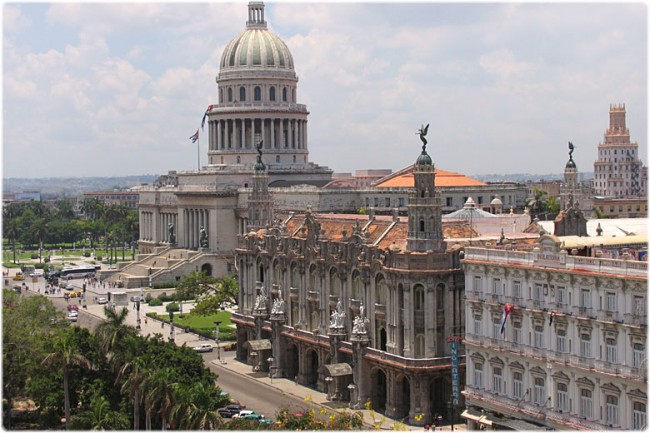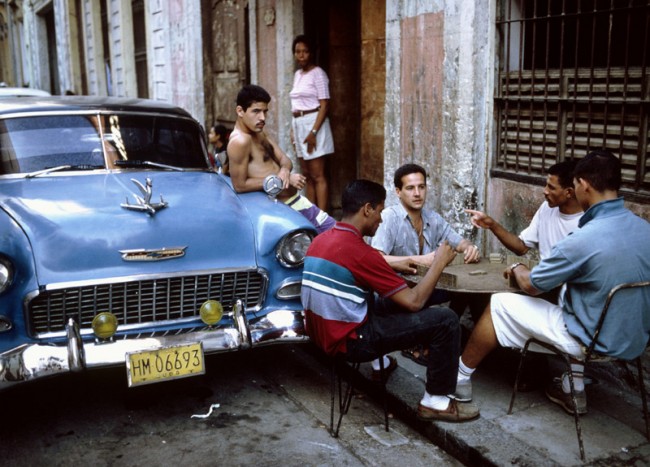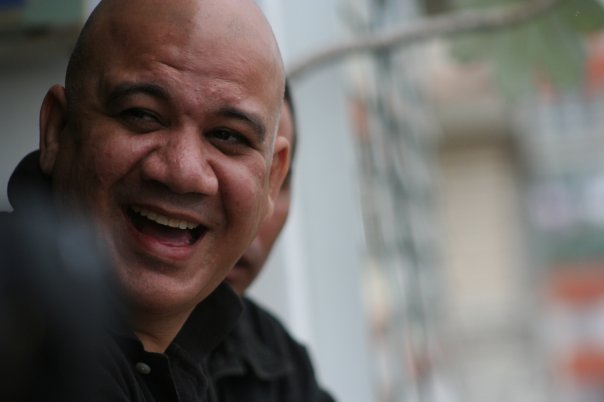
In an interview published on December 14, 2009 in El Mundo/América, Juan Juan Almeida García told me, “I don’t see the time when Raúl Castro will let me leave Cuba.”
Finally, his wish was fulfilled. On Thursday, August 24, he arrived at the Miami airport, where his wife Consuelo and their daughter Indira were waiting for him.
Cubans often leave the island dressed in white, the color of Obatalá, the Catholic Virgin of Merced, considered the patron saint of captives. But Juan Juan — JJ, henceforth — chose to leave in a red shirt, a symbol of Santa Bárbara and Bárbara, the warrior orisha.
It must have been because in order to travel to receive medical care abroad, he fought a true personal war. The son of the nurse Púbila Garcia and Juan Almeida Bosque, one of the historic figures of the revolution, who died in September 2009, J.J. was denied an exit permit from the immigration authorities for seven years.
A lawyer by profession, J.J. is a kind and cheerful. He belonged to the Cuban counterintelligence. And like other descendants of revolutionary leaders, Vladimiro Roca, son of Blas Roca, number one of Creole community, or Canek Sanchez Guevara, Che’s grandson, J.J. looks more and more like his father all the time.
I met him back in 1984, when we both did our military service in the same unit, in the Havana neighborhood of Lawton, near the Ali Bar, the legendary venue where Benny Moré sang in the 50’s.
We had no direct interaction. J.J. belonged then to the world of the ‘Mayimba’ (senior leaders) and I lived very modestly with my grandmother, my sister and my mother, at that time a Cuban television reporter.
Twenty years later, older and with excess pounds, J.J. and I met again. First in the apartment of the blogger Yoani Sánchez, and then during the presentation of a short film by writer and director Eduardo Del Llano.
Later, we ran into each other several times. We talked about his father and the memories he preserves of the countless occasions that he saw the Castros, together or separately. As much as anyone, J.J. believed in Fidel and his revolution.
Not anymore. Long ago he graduated from military life and became a critic who didn’t mince words about the epic to which his father devoted his life.
In 2009, the Spanish publisher Espuela de Plata published his book “Memories of an Unknown Cuban Guerrilla.” On the cover is a photo of him at age 5, dressed in olive green and with a rifle, standing between Raul Castro and a replica of the yacht Granma. But the most Juan of all the Almeidas still has much to tell.
September 3, 2010


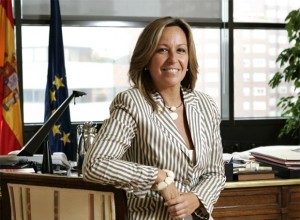 It remains to be seen if, in the latest shuffling of the executive furniture by Spanish president José Luís Rodríguez Zapatero, the new Foreign Minister, Trinidad Jiménez (Málaga, 1962), will continue the policies set by the PSOE (Spanish Socialist Party) since 1982, or try something else.
It remains to be seen if, in the latest shuffling of the executive furniture by Spanish president José Luís Rodríguez Zapatero, the new Foreign Minister, Trinidad Jiménez (Málaga, 1962), will continue the policies set by the PSOE (Spanish Socialist Party) since 1982, or try something else.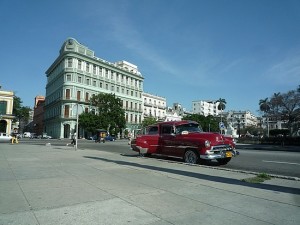 Like every Saturday, the small twelve-band radios tuned to Spain’s Radio Exterior. Suddenly I hear the news. At age 89, the director and screenwriter Luis García Berlanga has died in Madrid.
Like every Saturday, the small twelve-band radios tuned to Spain’s Radio Exterior. Suddenly I hear the news. At age 89, the director and screenwriter Luis García Berlanga has died in Madrid. When Compay Segundo and Ibrahim Ferrer launched themselves at the world with
When Compay Segundo and Ibrahim Ferrer launched themselves at the world with 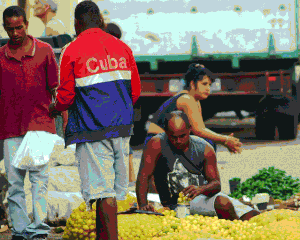 Ordinary people, exhausted from trying to put two hot meals on the table every day, haven’t heard the news they’ve been waiting for. Nor have the opposition, as they await the release of the thirteen political prisoners who have refused to leave Cuba, whose promised release date expired on November 8.
Ordinary people, exhausted from trying to put two hot meals on the table every day, haven’t heard the news they’ve been waiting for. Nor have the opposition, as they await the release of the thirteen political prisoners who have refused to leave Cuba, whose promised release date expired on November 8.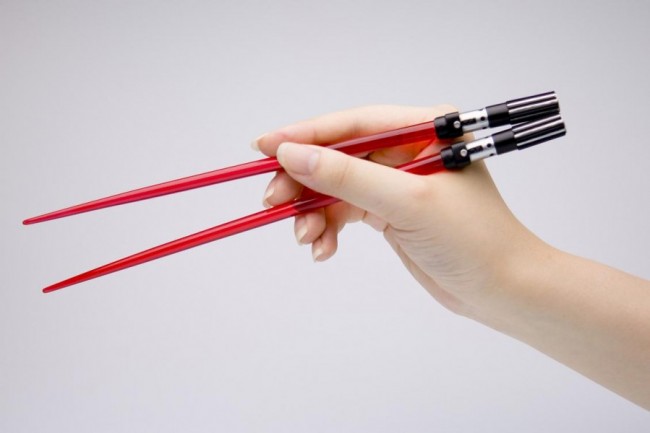
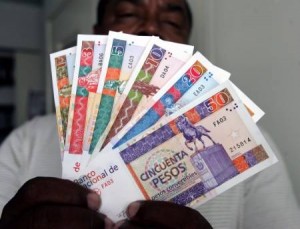 Sixty-ninth place. That is what Cuba is on the 2010 Index of Perception of Corruption, recently released by
Sixty-ninth place. That is what Cuba is on the 2010 Index of Perception of Corruption, recently released by 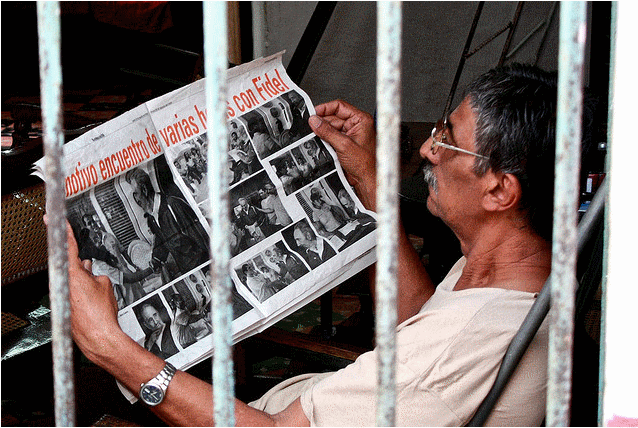
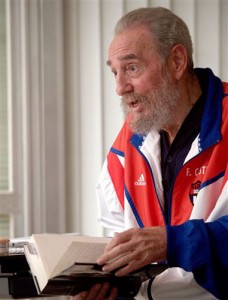 It is a tradition hailing from the old Cuban cigar factories. One person reads the news or a novel by Corin Tellado, while men and women assemble the celebrated Havana cigars.
It is a tradition hailing from the old Cuban cigar factories. One person reads the news or a novel by Corin Tellado, while men and women assemble the celebrated Havana cigars.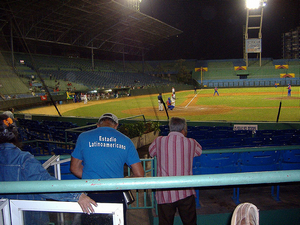 Anyone who claims to be from Havana has visited, at least once in their life, the old baseball stadium in the majority-black marginal neighborhood of Carraguao, in Cerro.
Anyone who claims to be from Havana has visited, at least once in their life, the old baseball stadium in the majority-black marginal neighborhood of Carraguao, in Cerro.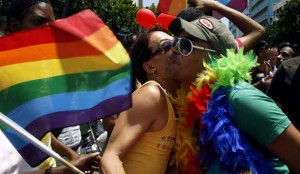 He closes his eyes and sees himself with a bouquet of flowers, the white wedding veil and an 18-carat gold ring on his right index finger. And more. Roberto, 38, a gay hairdresser, wants to be married with all the trimmings, with children serving as pages and, as he emerges from the Havana Wedding Palace, people throwing rice. Lowering his voice he said, “My dreams is to be married by the church.”
He closes his eyes and sees himself with a bouquet of flowers, the white wedding veil and an 18-carat gold ring on his right index finger. And more. Roberto, 38, a gay hairdresser, wants to be married with all the trimmings, with children serving as pages and, as he emerges from the Havana Wedding Palace, people throwing rice. Lowering his voice he said, “My dreams is to be married by the church.”